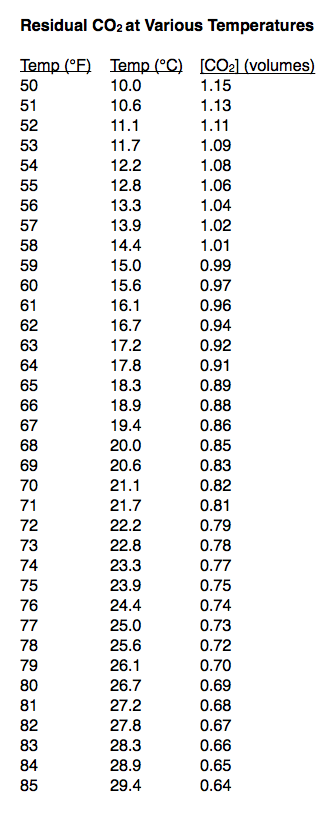tntpilsner
Well-Known Member
I just got a Nitro setup (actually 75/25 beer gas) and put my first stout on it, an Irish stout recipe that I've brewed several times now.
I put it in the keezer and carbed it with CO2 at first, approx. 20 psi for 48 hours or so, then put the beer gas tank on it at 30 psi. It's at 36F.
It seems flat-ish to me, and definitely does not have the 'cascade' effect or a nice foamy head. I do have a Nitro tap (CM Becker V3N). Tastes great, though.
I mentioned this to my LHBS guy, who also owns a microbrewery, and he said that in the future I should:
-Carb to 1-2 psi with CO2
-Then 24 hours on beer gas at 10 psi
-Then serve at 28-30 psi
IF I understood him correctly (and I think I did?), he said that if you over-carb initially you will not get the cascading effect.
Does that sound correct to those of you with Nitro/beer gas experience?
If it makes any difference, this is the batch that I saw the pellicles on when I racked it to the keg.
I put it in the keezer and carbed it with CO2 at first, approx. 20 psi for 48 hours or so, then put the beer gas tank on it at 30 psi. It's at 36F.
It seems flat-ish to me, and definitely does not have the 'cascade' effect or a nice foamy head. I do have a Nitro tap (CM Becker V3N). Tastes great, though.
I mentioned this to my LHBS guy, who also owns a microbrewery, and he said that in the future I should:
-Carb to 1-2 psi with CO2
-Then 24 hours on beer gas at 10 psi
-Then serve at 28-30 psi
IF I understood him correctly (and I think I did?), he said that if you over-carb initially you will not get the cascading effect.
Does that sound correct to those of you with Nitro/beer gas experience?
If it makes any difference, this is the batch that I saw the pellicles on when I racked it to the keg.











![Craft A Brew - Safale S-04 Dry Yeast - Fermentis - English Ale Dry Yeast - For English and American Ales and Hard Apple Ciders - Ingredients for Home Brewing - Beer Making Supplies - [1 Pack]](https://m.media-amazon.com/images/I/41fVGNh6JfL._SL500_.jpg)















































